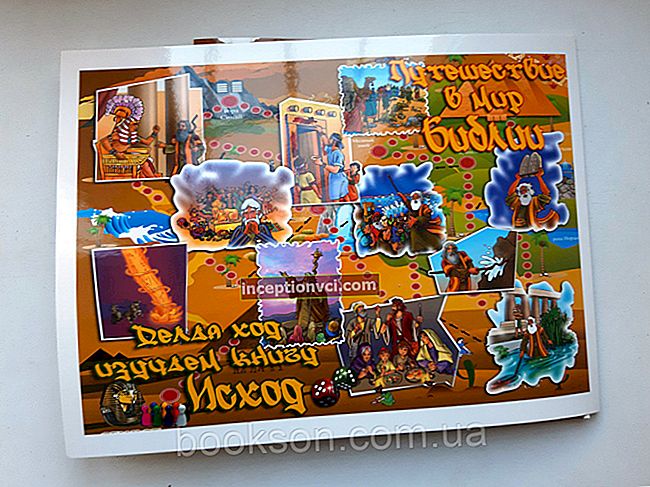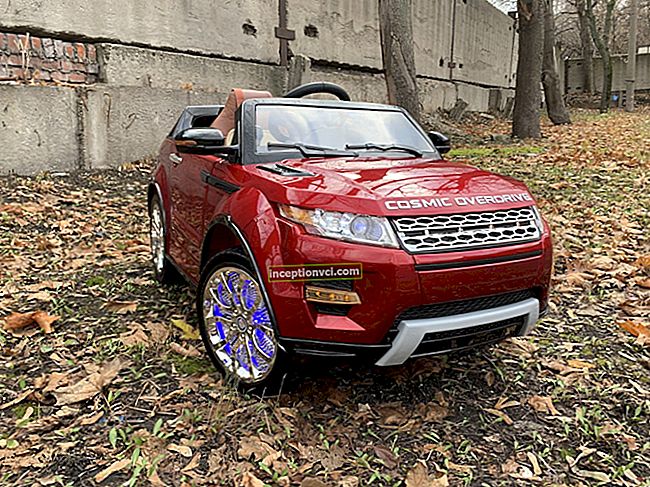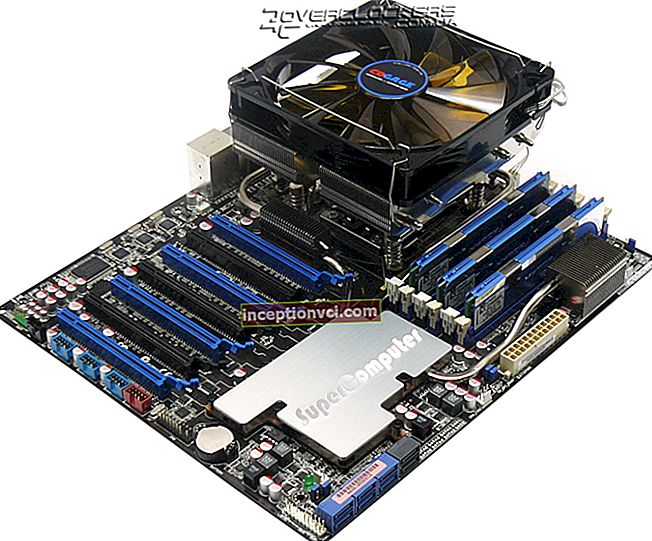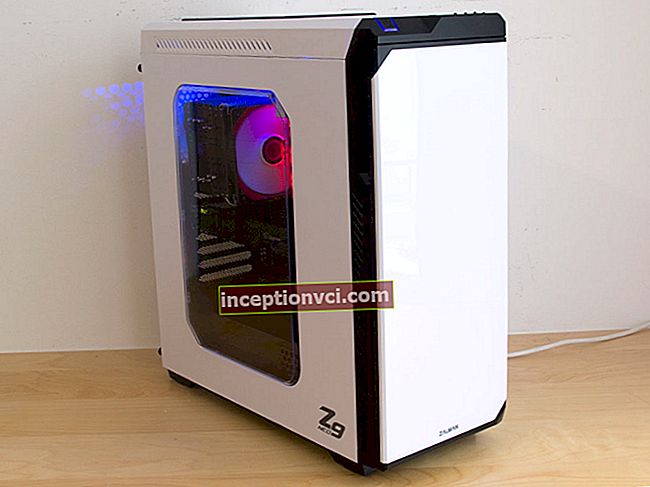Could John Spielsberry have imagined, when he cut a geographic map to create a tutorial, that his invention would become a popular and beloved game for many generations? Yes, we are talking about puzzles. Now everyone from half-year-old toddlers to long-lived pensioners play jigsaw puzzles. But let's take a closer look at how puzzles can be classified.

1.By age:
- children's puzzles;
- puzzles for adults.
Among children's jigsaw puzzles, the subcategory "for babies". These are soft puzzles from two to four parts with large, bright elements.

Or soft puzzle rugs. Often the trailers of the train), and in the middle of each part there is another removable element - an animal figurine, letter, number. Not only kids, but also preschoolers like to play with such rugs.


Rugs fell in love not only with children, but also with parents, because this toy not only develops fine motor skills, but observation, attention, teaches the child to compare shape and size, shape and color. This exciting game allows the kid to get ready for school, which is good news for parents. The children themselves are enthusiastically tinkering with puzzle rugs, collecting paths, boxes, and houses from them - everything that a child's imagination is good for. These rugs play another important role in family life. They are made of foamed polyurethane foam, like tourist cottons, so they can be laid on the cold floor in the kitchen, taken with you outdoors, as well as in the pool or bath, because they, firstly, do not sink, and secondly, wet wonderfully adhere to the tiles on the walls and the side of the bathroom.

Jigsaw puzzles for children from three years old can also have large elements. But they are much smaller than toddler puzzle pieces. In addition, soft foam rubber puzzles are replaced by cardboard ones. Children's puzzles mainly depict cartoon characters, animals, vehicles. The number of pieces in children's puzzles, depending on age, ranges from 4 to 260.

Puzzles for adults contain more than 260 elements, sometimes several thousand, smaller details, complex drawings. And if the essence of collecting jigsaw puzzles for a child is mainly educational, then for an adult it is extremely entertaining.
2. By the number of items
- simple puzzles: 4-54 elements;
- medium difficulty - up to 1000 elements;
- complex - from 1000 to 24000 elements.

3. By the size of the elements:
- large - for a children's audience;
- small (up to 1 cm) - for adults.

And if this division was familiar to everyone from childhood, then the following criteria are innovations that have appeared relatively recently.
4. By types of elements:
- classic rectangular particles;
- elements of different shapes: round, triangular, oval;
- puzzles with texture - cork, wood;
- glowing puzzles.


5. By form:
- flat or two-dimensional - classic, the most common puzzles;
- three-dimensional puzzles from which you can assemble various objects: houses, cars, pyramids, ships.


6. By material:
- cardboard;
- wooden;
- others - plastic, foam rubber, foam rubber (soft mat).


When to start solving puzzles?
All packages have a restrictive sticker: not for children under three years old, and this is true when it comes to small puzzles. But there are many types of puzzles:
- rugs;
- soft puzzles;
- "books" and frames;
- wooden puzzles with large elements, etc.
All of them are designed specifically for babies.




Puzzles are a wonderful educational toy that the baby will be happy to master with his parents. And not only for the sake of safety, but it is joint actions, the interest of mom or dad that prompt the child to master a new toy.As soon as you start solving the puzzle, the kid will immediately join you to find out what the adults are doing so enticing?
At every age, playing with puzzles has its own specifics.
1. Up to about a year old, the baby is basically just a passive observer. He can watch how parents collect puzzles, study individual parts.
2. From one to one and a half years, children can collect simple puzzles from two to four parts. Manipulation with puzzle elements contributes to the development of logical thinking and orientation in space. Along the way, you can count parts of the picture, name the elements that are depicted on individual parts: a nose, an ear, a tail, a wheel, etc.

3. From one and a half to three years, children are happy to play with soft puzzle mats. The second most popular type is frames, books and boards with inserts. Such a puzzle acts as a sorter: the kid learns to correlate the figure and the hole. Games like "Fishing" - coordination.

4. From four to eight years old. At the age of "why" kids may begin to refuse the help of adults, strive to collect puzzles on their own. Creativity and constant search are included. Children are learning the connections of objects, internal logic, and this contributes to the development of figurative thinking.

5. And the last category, as it is sometimes called: 9-99. The child learned the main thing - to select parts of the picture by the size of the element, its color, now a new process begins: the solution of a creative problem, the algorithm of which is unknown. For example, assembling a monochrome image, large canvases with a smooth transition of colors, 3D puzzles.



Collecting puzzles
So, the first puzzles for toddlers should be very simple: 2 or 4 pieces; fixation is desirable so that the picture does not "float" if you touch it. The details of the puzzle should fit well together, and the drawings should be bright and large. Don't worry if your child doesn't show interest in the new toy, just offer it again after a while.
As soon as the kid has mastered the 4-element puzzles well, and collects them without hesitation, it's time to complicate the task.
With an increase in the number of elements, the drawing of the puzzle itself becomes more complicated. For example, for kids it is better to choose a puzzle that depicts one well-known object, but children of two or three years old with enthusiasm collect the animal world, etc.

Puzzles is an exciting educational game that teaches perseverance, patience and attention. Playing with the puzzle, the kid develops logical thinking, learns the whole-part relationship.
1. Playing with puzzles trains fine motor skills, coordination of movements. The puzzle consists of small parts, so it becomes necessary to manage these elements, guided by the shape of the piece, to find a place for it in the whole picture. The development of fine motor skills is directly related to the development of speech. It will also help your baby to learn to write faster in the future.

2. To correctly assemble a puzzle, several factors must be taken into account at the same time: the shape of the element, the image and its part, the sequence of assembly. This trains the ability to make complex complex decisions, develops logical thinking. In the future, this will help the child to choose different strategies and ways of solving problems in advance.
3. Puzzles develop imaginative thinking, imagination, fantasy, memory and attention. When assembling a puzzle, it is necessary to represent the whole picture figuratively, keeping it in memory during assembly.
4. And, finally, when assembling puzzles, the ability to make decisions on their own develops. Giving your toddler the freedom to pick a picture will give him confidence in his own abilities, which will undoubtedly come in handy in the future.

So, we found out that it is possible to collect jigsaw puzzles, under the strict guidance of adults, almost from infancy, from the moment when the kid shows interest in bright puzzles.

Separately, I must also say about wooden 3D puzzles.They are designed for kids from 4 years old (although there are models for adults), assembled without glue, the parts are simply inserted into each other. As a result, you will get a car, or a dinosaur, or any other object from the surrounding world. Subsequently, when the baby "grows" out of this puzzle, it can be painted with paints or varnished, and displayed as an element of decor.

Adults, in turn, collecting puzzles, can create an original addition to the interior with their own hands, if the finished drawing is glued to the base and decorated in the form of a picture.










